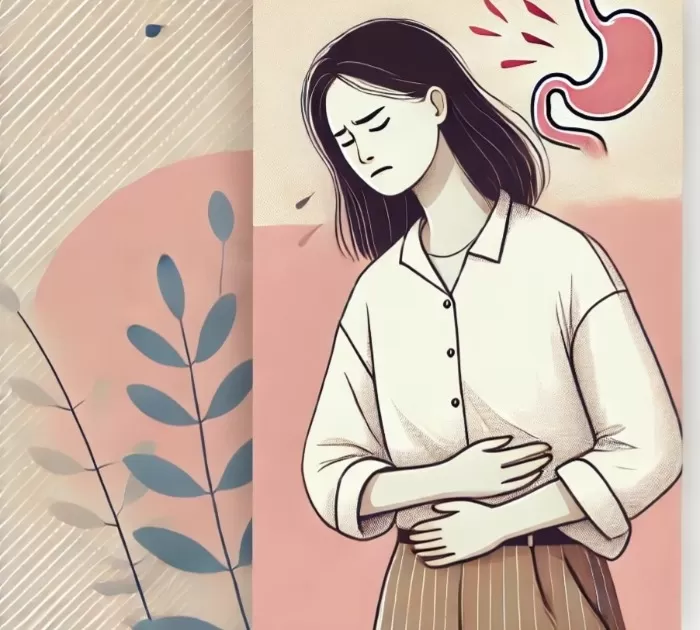Introduction
During menopause and perimenopause, the risk of urinary tract infections (UTIs) increases due to hormonal changes, particularly the decline in oestrogen levels. Oestrogen plays a key role in maintaining the health of the urinary tract and the vaginal lining. When oestrogen levels drop, the tissues of the urinary tract and vaginal area can become thinner, drier, and more prone to irritation and infection. Additionally, the decrease in beneficial vaginal bacteria (lactobacilli) can lead to an imbalance, making it easier for harmful bacteria to grow and cause infections.
Other contributing factors include changes in bladder function, a weaker pelvic floor, and a slower immune response as women age.


